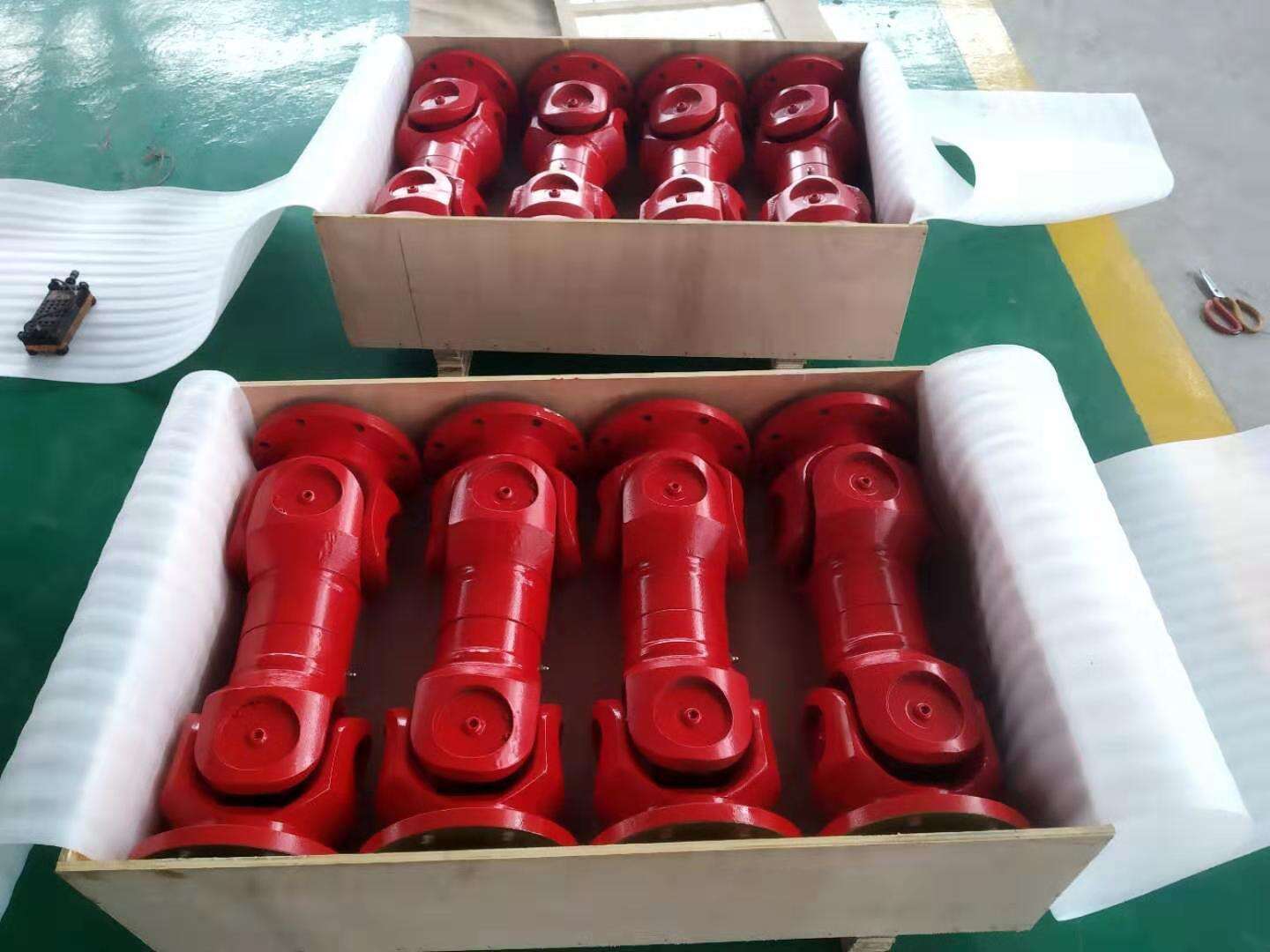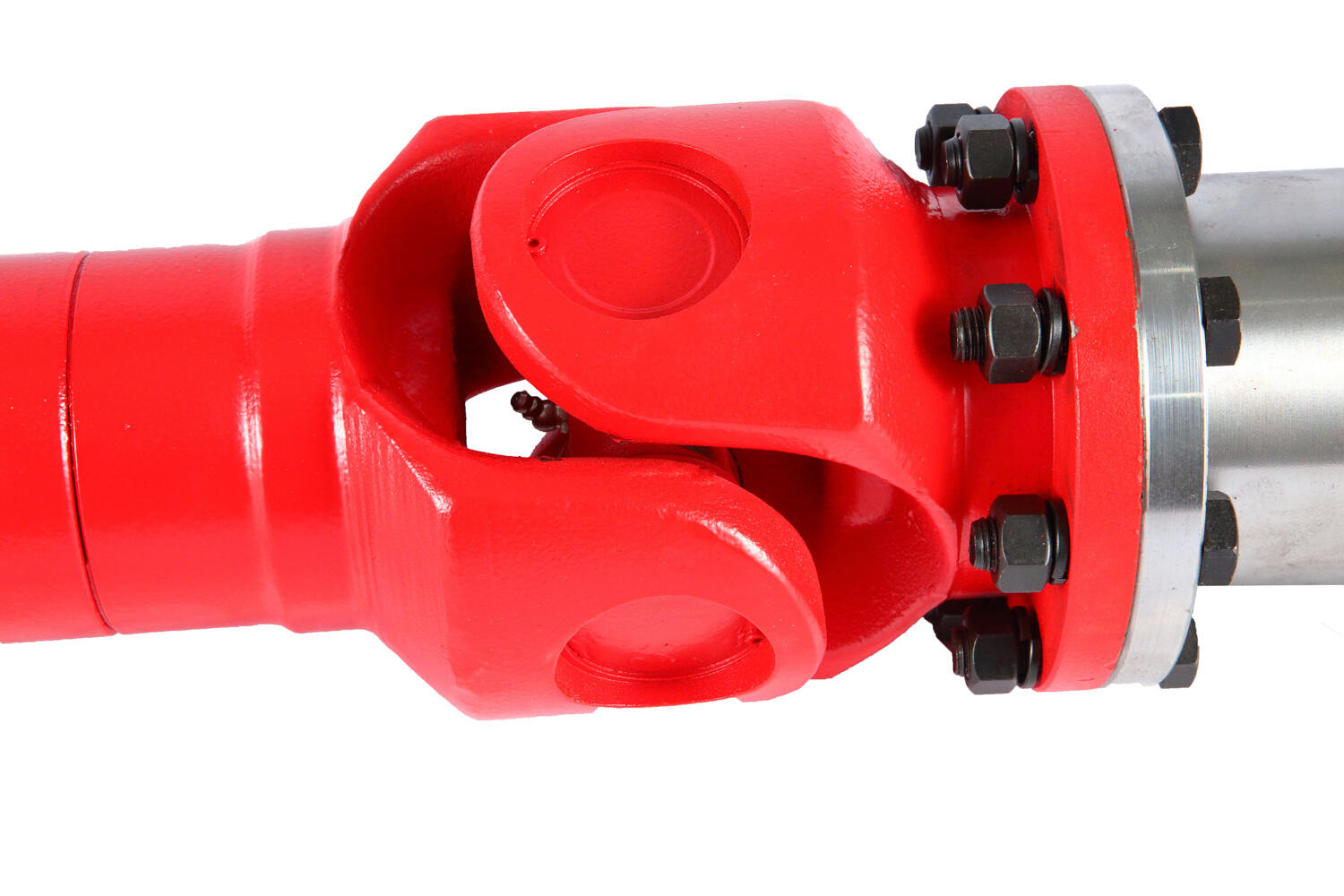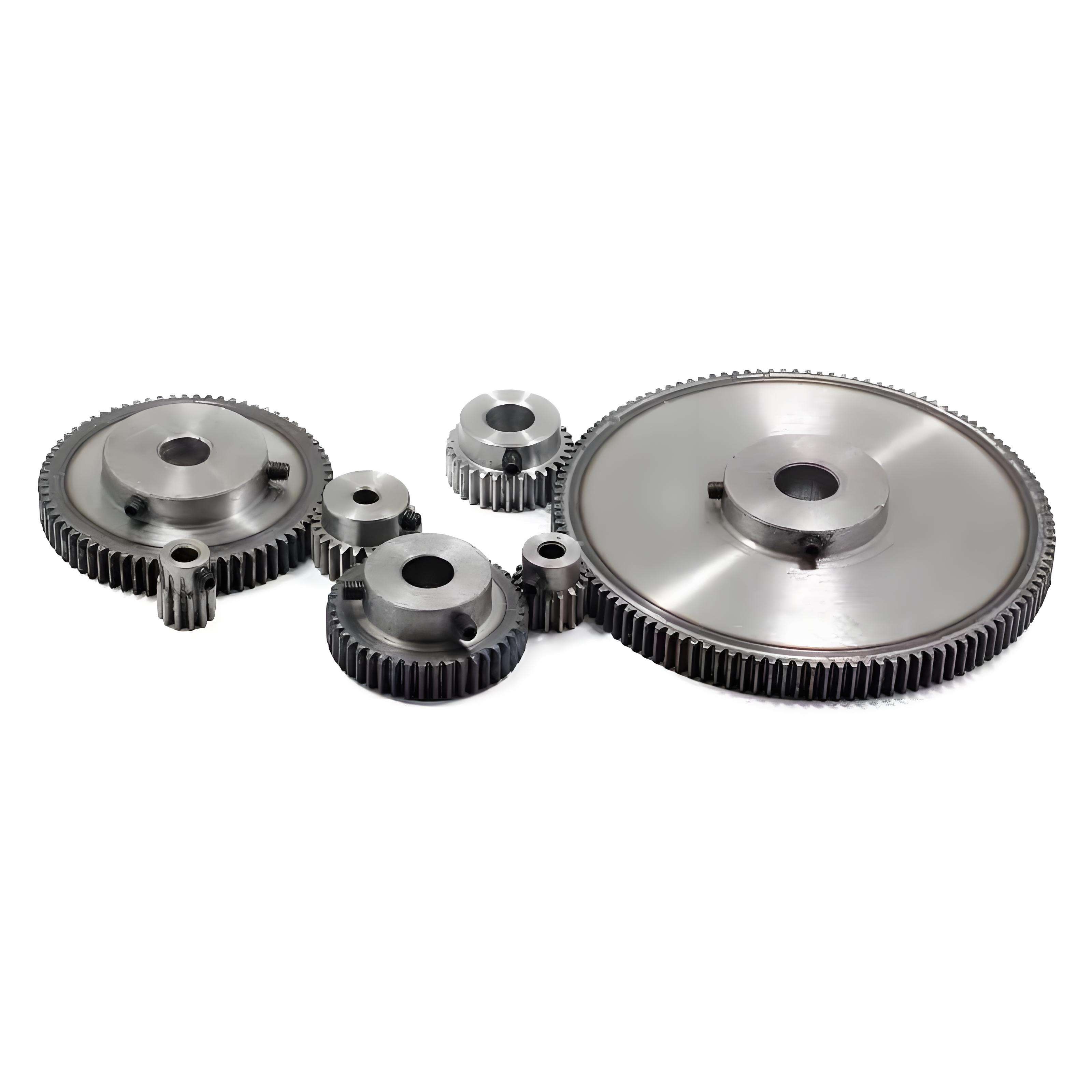rubber tyre coupling
A rubber tyre coupling is an essential mechanical component designed to connect and transmit power between driving and driven shafts in various industrial applications. This versatile coupling consists of a flexible rubber element shaped like a tire, positioned between two metal hubs. The unique design allows for the absorption of shock loads, vibrations, and misalignment while maintaining efficient power transmission. The rubber element is specifically engineered to withstand high torque requirements and compensate for angular, parallel, and axial misalignments that commonly occur in rotating machinery. The coupling's construction typically features high-grade natural or synthetic rubber compounds reinforced with fabric or steel cord, ensuring durability and longevity in demanding industrial environments. These couplings are widely employed in various applications, including pumps, compressors, generators, and other industrial machinery where reliable power transmission is crucial. The rubber tire element's flexible nature provides excellent dampening characteristics, reducing harmful vibrations that could potentially damage connected equipment. Additionally, the design requires minimal maintenance and offers easy installation and replacement capabilities, making it a cost-effective solution for many industrial applications.


